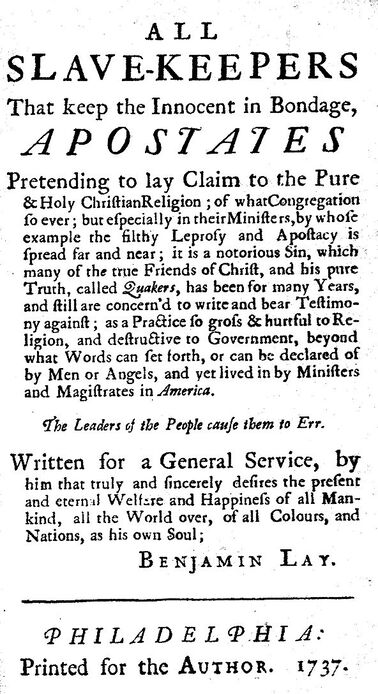Tags
This January, I had the opportunity to spend two weeks in Washington, DC. While there I conducted research in the Library of Congress. But something in a quite different kind of archive, that I just happened upon, had a larger effect on me than anything I’d intentionally come to see.
The Library of Congress, the people’s library, funded by the U.S. taxpayer, might be the world’s largest in terms of size of its collections. I went because I’m beginning a new research project that may result in a book.
What I’m investigating is why and how, from 1787 to 1792, Americans transformed their national government from a loose confederation to a much stronger institution that sent paid agents to every nook and cranny of the country, counted people according to racial and legal categories, and re-distributed national political power accordingly. In other words, the establishment, implementation, and consequences of the first United States census. Unfortunately, there was not much at the Library of Congress for me—at least, not physically, although a great deal in the way of digitized resources not available at BGSU. There might be a bit at the National Archives, but that’s for another trip.
One evening, though, as a tourist, I went to a different kind of archive, but an archive nonetheless, one that holds pictures rather than books: the National Portrait Gallery. The breathtaking recent additions of Michelle and Barack Obama by far outdraw any of the Gallery’s other treasures. But to me, the most affecting painting was one mounted in a side room, small, neglected, a depiction of Benjamin Lay (c. 1681-1759)].
Lay was a tiny man, what at the time people called a “dwarf,” and a member of the Society of Friends—what today we call the Quakers. As a merchant on the Caribbean isle of Barbados, he found slavery’s brutality appalling. His open opposition to human bondage prompted such antagonism from local slaveholders that he was effectively voted off the island, returning to England. He moved to Philadelphia in 1731.

There Lay hectored, cajoled, and berated his co-religionists and the wider population about the sins of slavery. He wrote pamphlets. He spoke out. He used shame and he used thunder. He could be dramatic. One day his neighbors encountered him, half-naked, in the winter’s snows; he was illustrating how poorly they dressed the people they enslaved. On another occasion, Lay kept a neighbor’s child away from their parents for part of a day, to demonstrate to them the horrors of family separation that slavery entailed. In his most striking gesture, while addressing a Quaker meeting, Lay pulled a sword from his cloak and stabbed a Bible. Slavery’s blood poured forth on him and others. It wasn’t actually blood; it was berry juice that Lay had put in a bladder, and then in a cavity he had cut in the book. Still, Lay had engineered quite a spectacle.
Lay’s campaign seemed to have negative results, at least in the short term. The Pennsylvania Quakers banished him from their meetings. But Lay had started those Quakers on a path to become the first religious group to decide that for some people to own other people was categorically wrong. And Lay’s 1737 anti-slavery pamphlet became one of abolition’s seminal texts.
You might recognize the reference of this post’s title. In the 1939 film Mr. Smith Goes to Washington, an idealistic but naïve man accidentally becomes a U.S. Senator. He takes on the political machine in his home state and DC establishment cynicism, and (spoiler alert #1) wins. You might also remember that movie’s most prominent parody, an episode of The Simpsons, in which Lisa Simpson (spoiler alert #2) accomplishes a similar feat.
In Washington on the verge of the acrimonious impeachment trial in the Senate, such fantasies seemed even more far-fetched to me. That said, we all know that real life doesn’t work like movies or sitcoms. Change takes time, especially transformative change.
Benjamin Lay began the real work of healing the world in his own community that Mr. Smith and Lisa did onscreen. Like Mr. Smith and Lisa, Lay succeeded by appealing to people’s conscience, shaming them into doing the right thing. Lay didn’t do that by going to Parliament, and the world-transforming change that he helped jump-start took lifetimes. Benjamin Lay started and ended in his community, small step by small step. That’s something we can all do.
For more on the remarkable Benjamin Lay, see this article in the Smithsonian Magazine.

Pingback: An Inspirational Surprise in the Archive – history, CLASS